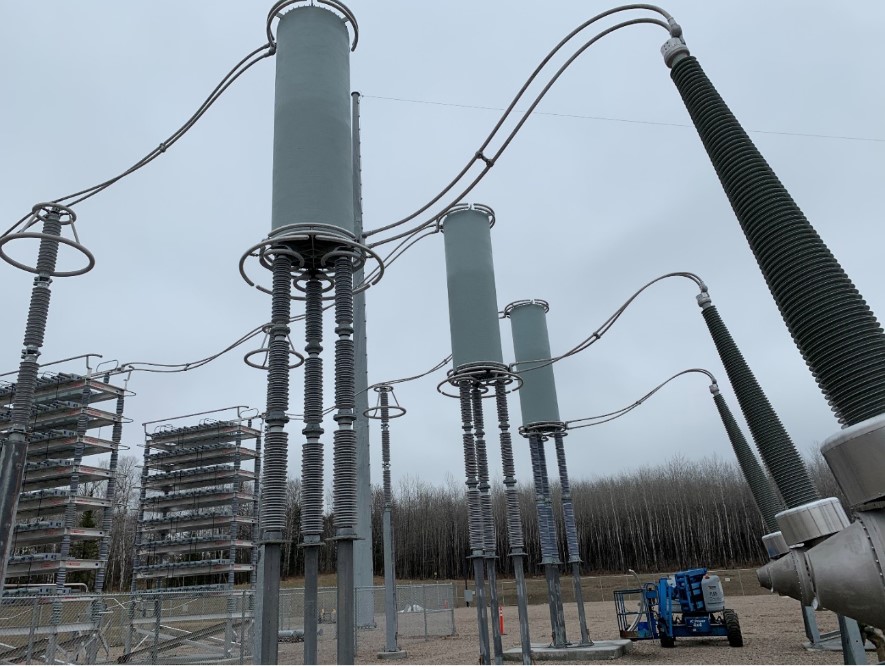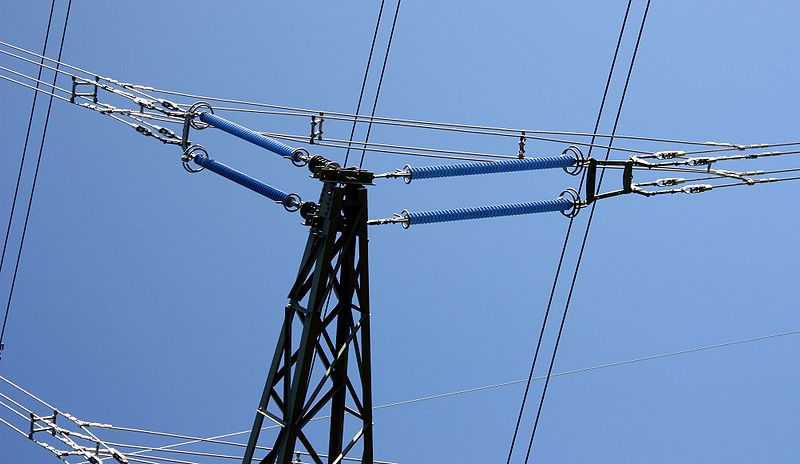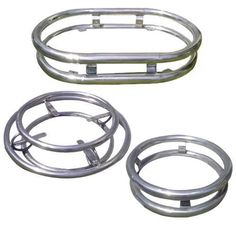From the “Learn Something Every Day” category, and timely, it’s about corona!
CORONA RINGS – Wikipedia
Close, but no… here are corona rings on transmission lines at insulators:
Today a Minnesota Power Compliance Filing came over the wire:
And a part of that was a cool photo, above, of the corona rings installed at the “Iron Range Substation.” Corona Rings — rather relevant today! Ahem… but this was new to me, so the Wiki. I have not seen this before, haven’t noticed it in filings, so I’ve got some homework to do. But as corona was raised as an issue in at least one docket that I can think of, this way to limit corona and corona impacts should have come up. Did I miss it? Gotta take a look!
Digging in my files from way back, I have some studies about corona, the link between corona and childhood leukemia, and limitation of corona/prevention:
Corona Effect – circuitglobe.com
And this one, with the quote below, does indicate that corona rings are a “new” thing, so maybe I didn’t miss anything back then:
Corona rings – On certain new 345 kV structures, we are now installing corona rings. These rings have smooth round surfaces which are designed to distribute charge across a wider area, thereby reducing the electric field and the resulting corona discharges.
And this, near and dear to my heart, LINE LOSSES:
AC Transmission Line Losses
What I’m taking from this is that utilities are getting more serious about limiting line losses, and to do so, limiting corona! That’s a good thing, and I’d like to know the particulars!
And who cares? Well, an instance where it mattered, well, two cases, and what was learned:
Failures on 400 kV Lines Highlight Importance of Corona Rings
1. The two cases described clearly demonstrate that it is important to install corona rings at the energized end of polymeric insulators used on 400 kV overhead lines. This is true for both suspension and tension towers since corona can reduce the effective service life of such insulators to less than 14 years. It is also important to take into account whether the route of a line passes areas with agricultural, maritime or industrial pollution as this will accelerate irreversible structural damage to such insulators. The outcomes described here were not due to manufacturing defects but rather to the absence a corona ring. This resulted in a high concentration of electric field, producing corona effects that permanently destroyed the silicone rubber housing and left the core rod exposed to the environment.
2. Corona rings designed and supplied by their manufacturer must be installed on polymeric insulators used at transmission voltages. Some manufacturers recommend grading rings at both ends of the insulator at higher transmission line voltages.
3. It should be mandatory that corona rings be installed during construction of any line and, if such accessories are missing, the line should not be energized.
4. Visual inspection with binoculars and evaluation of corona activity using high sensitivity UV cameras can help detect problems affecting polymeric insulators. Both should therefore be part of routine annual or bi-annual inspections to prevent insulator failures on overhead transmission lines.
5. Suitable inspection procedures should be developed by utility maintenance departments to establish proper methodologies for visual inspection and detection of corona activity on polymeric insulators at close distance. Work methods must address such inspection with the line energized or de-energized and the main objective is to evaluate the physical operating condition of polymeric insulators and identify any units with higher risk of failure. Depending on maintenance resources, the inspection methodology should be performed tower by tower, climbing each structure and avoiding stepping on insulators. It can also performed using trucks with aerial work platforms or insulated ladders.





